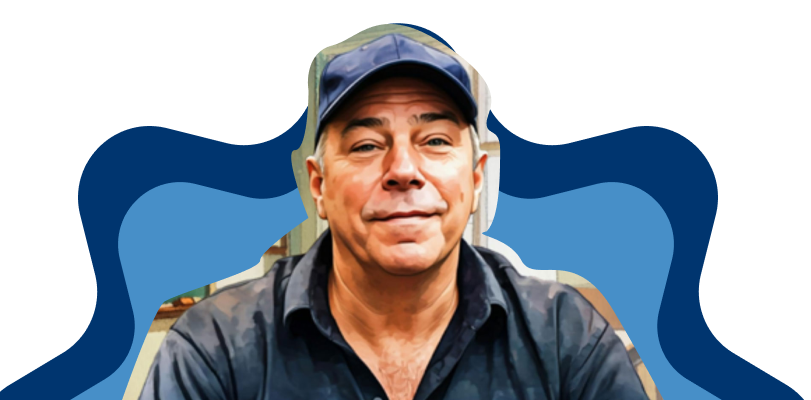I’m a fan of ending books and stories a little bit sooner than my readers and listeners would like. I like to leave some dangling threads. A few unanswered questions. Something still left to wonder about.
I think by doing so, my story lingers in the hearts and minds of my reader and listeners a little bit longer. Rather than being one of those books or stories that can quickly be forgotten, I like to think that my stories continue to tickle the brains of my readers and listeners long after my storytelling has ended.
I’ve received many messages over the years from many, many readers and listeners, dying to know what happened next, both in the lives of my fictional characters as well as my own life. Last year, I started receiving emails from teenage girls in Mexico who had somehow started reading my first novel, Something Missing, and wanted to know if Martin and Laura, the protagonists, ended up together.
Imagine that:
Teenage girls in a foreign country took the time to find the email address of an American author so they could write an email in Spanish (an arcane form of communication for most teenagers) and then use Google to translate it to English so they could ask me if two fictional characters – people who don’t actually exist – end up together.
THAT is a story that’s still tickling their brains long after they’ve finished reading the book.
I received this message recently via Instagram which offers similar proof to the power of the incomplete story.
I love it so much. I love how much this reader loves this book and yet is tortured by it at the same time.

My advice is simple:
Stories shouldn’t end in neatly tied bows. Questions should be left unanswered. Your audience – readers or listeners – should be left wondering. Guessing. Wanting more.
This is how stories become some memorable that years later, they are still wondering what happened next.








